Long-term infrastructure plans urged
 |
| The government is recommended to help unlock financing for various infrastructure projects, Photo: Le Toan |
Vietnam is struggling with optimising resources for investment in infrastructure development in the context of the lack of financial resources, notably in the development of the energy sector.
At last week’s Vietnam Business Forum (VBF), Tran Tuan Phong, co-head of the forum’s Infrastructure Working Group (IWG), highlighted that whilst significant wind and solar capacity has been developed in Vietnam over recent years, this has largely been funded by a combination of local and regional banks or those assessing corporate rather than project risk.
Structures have also commonly relied on a form of credit risk mitigation, often a guarantee, from local banks or project sponsors.
In fact, due to the persistence of bankability issues under the independent power producer (IPP) framework, non-recourse project finance – which confers a lower cost of capital and is available for a longer-term than local financing – has not generally been available.
“Critically for Vietnam, reliance on credit risk mitigation support from local banks or project sponsors is not viable for large-scale project development. In addition to the constrained liquidity, high-interest rates, lack of long-term financing, and sector limits of the local bank sector will require an increased reliance on foreign debt to fund infrastructure development in the next decade,” said Phong.
The expert anticipated that new large-scale power projects like liquefied natural gas (LNG), offshore wind, and other renewable sources will be mainly developed on an IPP basis and not through public-private partnerships (PPPs), and so the absence of international project financing poses a material funding and development risk for Vietnam in the near term.
“With approximately 8-9GW of new power generation capacity required annually through to 2030 and with a plan to facilitate a transition to renewables through the development of an LNG baseload, a bankable framework for large-scale LNG and wind power projects is essential,” emphasised Phong.
It is estimated that the government has the capacity to finance between $15-18 billion (approximately 7 per cent of GDP) of annual infrastructure spending out of total annual demand for infrastructure investment (which includes the power sector) of $25-30 billion.
This leaves a potential annual funding gap of up to $15 billion where private sector finance and funding will be essential given Vietnam’s public debt ceiling of 60 per cent of GDP.
In order to solve this, the IWG recommended the government begin an enhanced programme of engagement in the first half of 2022 with the leading private sector and multilateral finance institutions to unlock the project financing required for Vietnam’s infrastructure projects in the period through to 2030, as well as enhance engagement with such institutions on the availability of guarantees to mitigate country risk and support large-scale infrastructure, renewable energy, and LNG project development.
As Vietnam transitions from traditional tech, it can be expected that new and emerging sectors will have specific policy requirements. Michael R. DiGregorio, country representative in Vietnam for the Asia Foundation, highly appreciated Vietnam’s efforts to kick-start renewable energies with subsidised feed-in tariffs and making a power purchase agreement (PPA) backed by Electricity of Vietnam (EVN).
“Through these policies, Vietnam has been able to attract renewable energy investors and manufacturers, making us now the leader in renewable energy capacity within Southeast Asia,” said DiGregorio. However, he said that EVN cannot continue to pay substantial subsidies and take losses in the sale of electricity and a financially strong central bank is a prerequisite for sustainable power development.
“International, unsubsidised rates for electricity from renewables, LNG, and other power sources are compatible with Vietnam’s roadmap for electricity pricing and will also support compliance with international climate agreements. Besides this, a financially strong EVN and bankable PPAs will make it possible for private investors to access lower-cost green financing and also reduce carbon emissions,” added DiGregorio.
Phong of the IWG recommended devising sector-specific policies at the VBF. They include tariffs for offshore capacity approved through to 2030, as well as LNG-to-power projects being exempt from participating in the wholesale electricity market and entitled to a fixed competitive tariff.
“Devising national marine spatial planning in conjunction with the development of regional power centres, LNG projects, and the offshore wind sector will determine the optimal use and allocation of sea areas. Reviewing the basis on which sea area allocation decisions are allocated will support sea use levies to be commensurate with the development and operational costs of offshore wind and gas to power projects,” proposed Phong.
What the stars mean:
★ Poor ★ ★ Promising ★★★ Good ★★★★ Very good ★★★★★ Exceptional
Related Contents
Latest News
More News
- Mitsubishi Estate launches Logicross Hai Phong - a milestone in logistics evolution (November 20, 2024 | 14:32)
- Semiconductor workforce partnerships deliver industry-relevant training (November 20, 2024 | 10:58)
- German Quickpack to invest $31.7 million in Long An province (November 20, 2024 | 09:31)
- Foreign-invested enterprises drive logistics investment in the southeast region (November 20, 2024 | 09:27)
- Chile visit underscores trade benefits (November 19, 2024 | 10:00)
- Trump’s second term impacts sci-tech activities and industry 4.0 technologies (November 18, 2024 | 10:00)
- Vietnam eyes nuclear revival to bolster energy security (November 14, 2024 | 16:46)
- Kyokuyo completes $13.5 million seafood factory in Vietnam (November 14, 2024 | 12:19)
- VinFast receives $3.5 billion funding from Vingroup and Pham Nhat Vuong (November 14, 2024 | 06:38)
- Localities sprint to reach FDI targets (November 13, 2024 | 10:00)


 Tag:
Tag: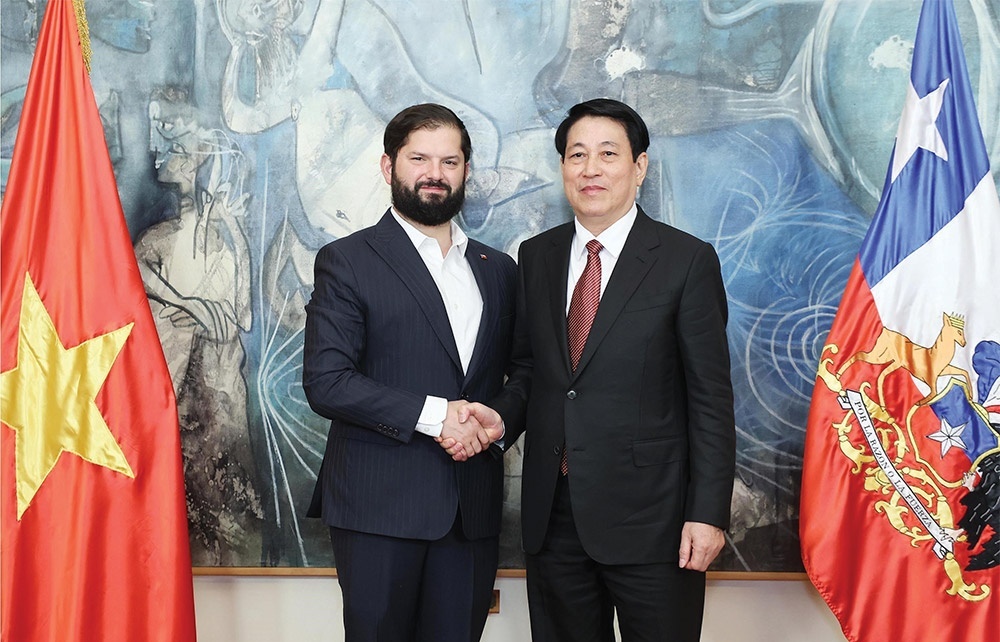

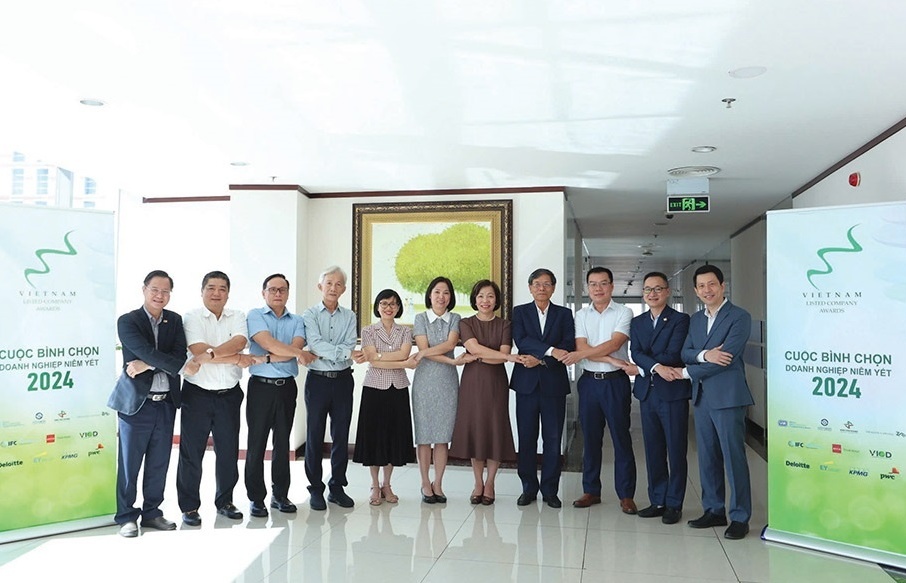
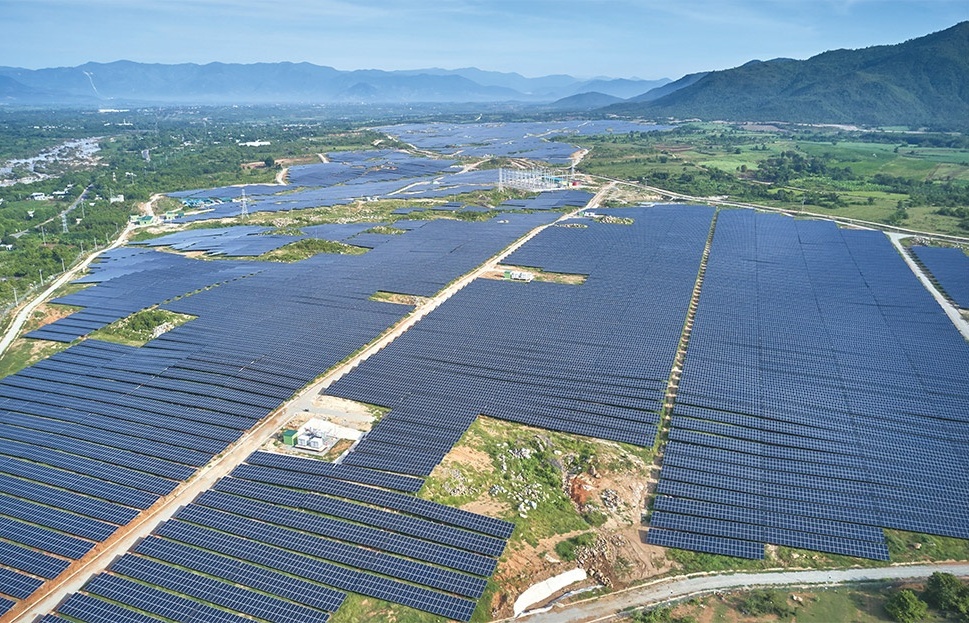
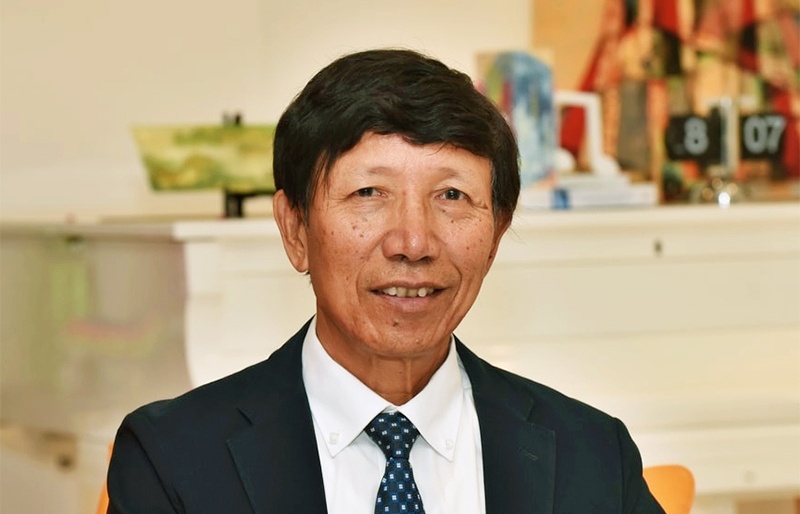
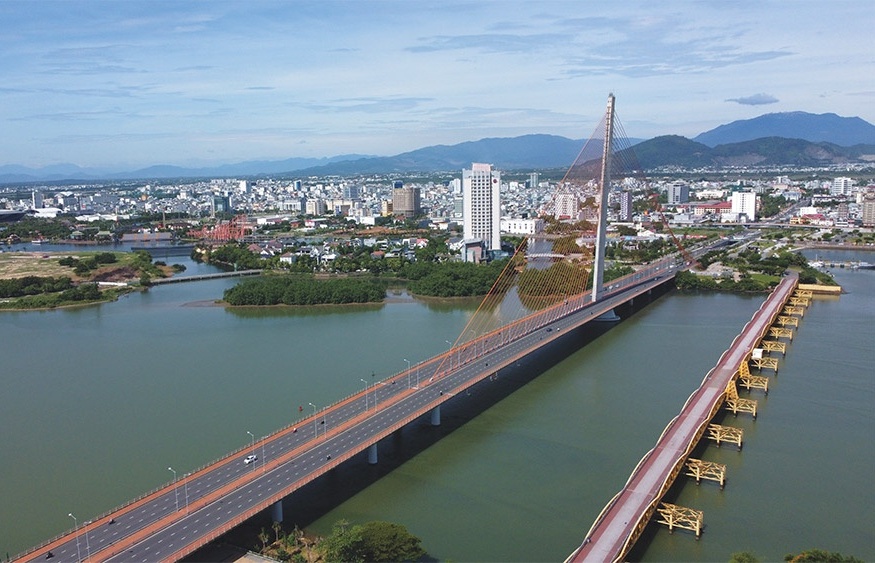
















 Mobile Version
Mobile Version